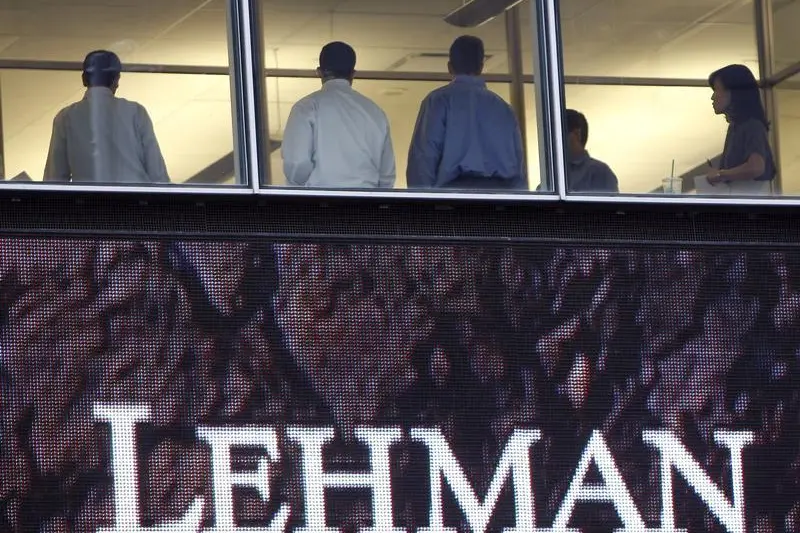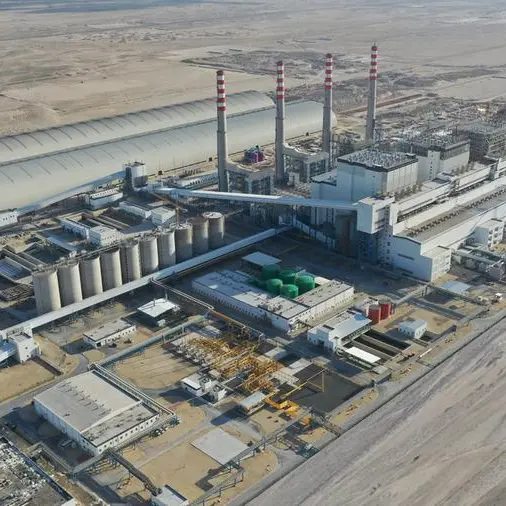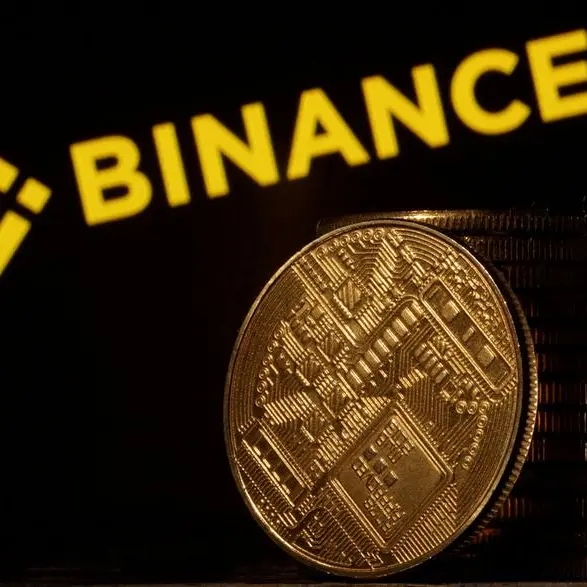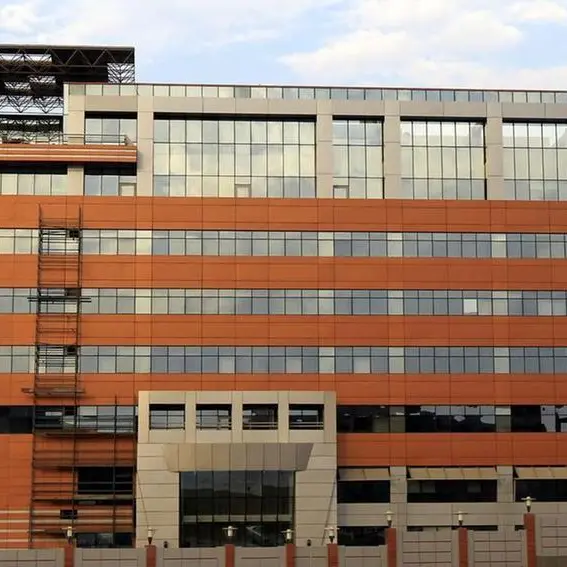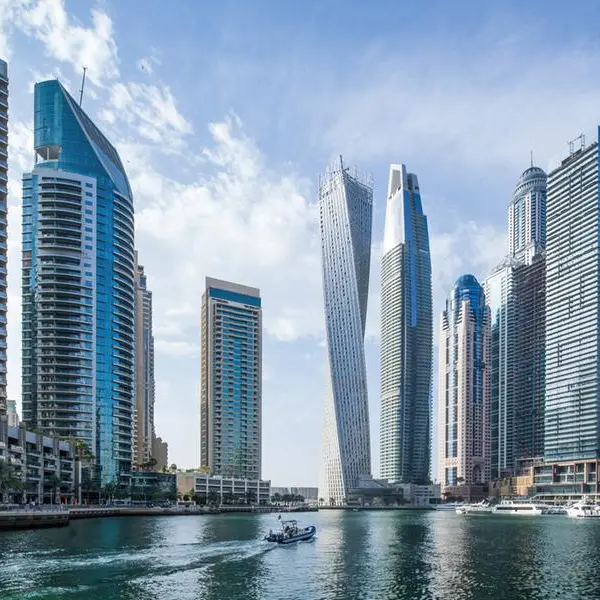PHOTO
LONDON - Interest rates in China may never have turned negative, as they did in neighbouring Japan. Yet China’s economy has also become distorted by the decade of easy money since the 2008 financial crisis. As in the West, low interest rates in China are responsible for inflating asset prices, misallocating capital, aggravating inequality and undermining financial stability.
With the yuan pegged to the U.S. dollar, Beijing could not avoid the impact of the Federal Reserve’s monetary easing after the Lehman Brothers collapse a decade ago. In December 2008, by which date the Fed funds rate was already at zero, the People’s Bank of China slashed its lending rate. Over the following five years, the policy rate averaged just 0.7 percent after adjusting for inflation, and remained far below annual GDP growth. For a developing economy, like China, monetary policy was extremely loose.
The result has been a bewildering number of bubbles inside of China. A stock market boom burst in 2008; not long after another bubble inflated and then popped in mid-2015. There have been bubbles in Chinese art and even in the local bubbly, known as Moutai.
By far the most important bubble, however, has been in real estate. China’s property market rebounded strongly in 2009, spurred by massive lending growth and cheap mortgage rates. By 2014, rental yields in Beijing and Shanghai fell below 2 percent, making property in these cities more expensive than in San Francisco, according to the National Bureau of Economic Research.
When monetary policy was further loosened in the wake of the 2015 stock market bust, the bubble really took off. Beijing house prices rose 33 percent in 2016. In parts of Shanghai, land prices started selling for more than neighbouring buildings – giving rise to the saying, “flour is more expensive than bread.” China’s total real estate was worth $43 trillion by the end of 2016, according to Savills, equivalent to 375 percent of GDP - on par with the aggregate value of Japanese property at the peak of its speculative fever in 1990.
Over the past decade China has experienced an extraordinary investment boom. Spurred by Beijing’s stimulus package, launched in November 2008 to mitigate the impact of the Lehman fallout, investment as measured by gross domestic fixed capital formation averaged around 45 percent for five years after 2008, according to the World Bank.
The Middle Kingdom was quickly fitted out with the world’s most extensive high-speed railway and longest bridge. Between 2011 and 2013, China poured more cement than the United States did during the entire the 20th century, the United States Geological Survey estimates.
Property investment has been the main driver of economic growth. Measured in terms of residential space, by 2013 China was building every fortnight the equivalent of modern Rome. Dozens of “ghost cities,” of which Ordos Kangbashi in Inner Mongolia is the most notorious example, have sprouted. This building boom has continued. At the start of this year, some 25 skyscrapers taller than New York’s Empire State Building were under construction.
Cheap loans from state-controlled banks to state enterprises have produced a capital glut in industries ranging from glass manufacturing to shipbuilding. The country is infested with zombie companies. Surplus capacity in the steel industry has given rise to another saying: “steel is cheaper than cabbage.” Julien Garran of MacroStrategy estimates that 40 percent of recent Chinese investment will have to be written off.
At the time of Mao’s death, the People’s Republic was one the most equal societies on earth. Today, it is one of the most unequal. Bank deposit rates below the rate of inflation have depressed household incomes. Millions of farmers have been forced off their land to clear space for development. The infrastructure spending spree has fuelled public corruption, despite Beijing’s endless purges.
The real estate bubble has minted vast fortunes for developers, including China Evergrande founder Xu Jiayin, estimated to be worth nearly $40 billion. Meanwhile, buyers of overpriced properties have been transformed into “mortgage slaves,” a Chinese expression referring to homeowners who spend two thirds of their income repaying loans.
Over the past decade, China has witnessed one of history’s great credit booms. Data collected by the Bank for International Settlements are staggering. Nonfinancial debt has grown by more than 100 percent of GDP - a far greater increase in debt than Japan experienced in the 1980s or the United States prior to 2008 - but on par with Spain and Ireland’s debt binges in the years leading up to the financial crisis. Corporate debt has climbed to 170 percent of GDP. Household debt as a share of GDP has more than doubled.
Despite low interest rates, the cost of servicing China’s debt mountain now exceeds the level of the United States 10 years ago. Autonomous Research banking analyst Charlene Chu estimates that up to a quarter of bank debts are nonperforming. Much new credit is being used to roll over bad debts, a practice known as “evergreening”.
Low rates on bank deposits have encouraged savers to seek higher returns elsewhere. As a result, China has developed its own shadow banking system, comprised of wealth-management products, trust funds, entrusted loans, online peer-to-peer lending, and debt receivables. By the end of 2016, these opaque and potentially illiquid nonbank liabilities amounted to 71 percent of GDP, according to the BIS.
China’s shadow banking “eerily resembles” Wall Street practices in the run-up to the Lehman crisis, says hedge-fund boss George Soros. The late economist Hyman Minsky noted that when the financial system comes to depend on rising asset prices and new debt issuance, there is a heightened risk of collapse. Last year, departing PBOC chief, Zhou Xiaochuan, warned that China faces a “Minsky moment.”
After the collapse of Lehman, confidence in Western-style capitalism took a hit. Many commentators have hailed Beijing’s alternative growth model. It has even been said that China is exempt from normal economic laws.
Yet China’s so-called economic miracle, coming over the last decade from a combination of low interest rates, massive debt issuance and a giant property bubble, closely resembles any number of former Asian success stories which ended in disaster. On most measures China’s bubble economy looks far more extended than Japan's did in 1990. Some insist that this time is different. Then again, some always do.
(This essay is the sixth of a six-part series marking the 10-year anniversary of the global financial crisis.)
On Twitter https://twitter.com/Breakingviews
- For previous columns by the author, Reuters customers can click on
- SIGN UP FOR BREAKINGVIEWS EMAIL ALERTS http://reut.rs/2dxfHO3
(Editing by Rob Cox and Katrina Hamlin)
© Reuters News 2018
